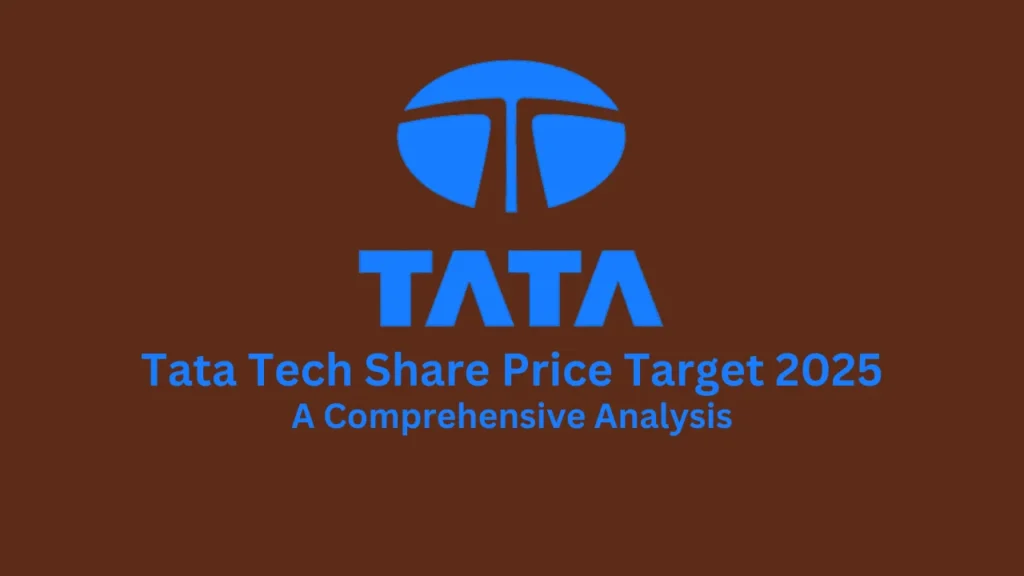A well-designed Chart of Accounts (COA) lays the groundwork for reporting and analytics in NetSuite ERP. It provides the framework for capturing financial transactions and producing statements upholding accounting standards. Carefully mapping your COA structure upfront enables tracking the right performance metrics and intelligent decision making later.
However, many businesses struggle with configuring their NetSuite COA due to inexperience. They end up with an imbalanced structure skewed towards too much or too little; detail. Striking the right balance from the start prevents aChart of Accounts “rework” project down the road.
Read more: Move Smarter, Not Harder: Discover the Power of BougeRV Electric Wagon
This guide offers tips on best practices to structure your accounts in NetSuite.
Importance of a Solid Chart of Accounts
Think of a COA as the table of contents for organizing financial data across business units, products, and geographies. Having a clear and consistent classification system makes reporting easier by providing answers crucial questions like:
- What’s my true product/service line profitability?
- How do margins fluctuate across operating entities?
- Where specifically is revenue trending up or down?
A poorly planned COA leads to hamstrung visibility into performance drivers. Examples of problems include:
- Inconsistent mappings – revenue vs. cost centers aren’t aligned causing reporting gaps
- Overly granular – hundreds of insignificant GL accounts that must get merged to convey meaning
- Insufficient detail – financial performance gets “averaged out” hindering specifics of what’s working vs. not.
The optimal COA balances level of detail with consolidation where sensible. Understanding core reporting requirements helps guide designing an effective chart of accounts. It’s also wise to start high-level, adding details later as the business scales up.
Best Practices for Mapping COA in NetSuite
Defining a future-proof COA goes much smoother when following proven guidelines:
1. Center Structure on Key Reporting KPIs
Focus on the 4-5 critical operational metrics or cost centers you MUST report on daily, weekly or monthly. For example, product line revenue trends, regional contribution margins, R&D overheads. Work backwards to define the minimum GL segment detail needed to capture those KPIs accurately. Resist getting granular purely for granularity’s sake.
2. Align Segments Meaningfully
COA segments like Class, Location, Department, and Subsidiary should have contextual relevance when combined to provide answers. For example, Product Line + Region = critical profitability metric. Make sure these alignments work across revenue AND expenses.
3. Enforce a Naming Convention
Consistently name accounts across segments using hierarchical groupings. For example, Geographic, Country, State/Province, City. Or Product, Line, Collection, SKU. Some organization on the front-end prevents “account sprawl.”
4. Plan for Scale
Though launching with a simple, starter COA is OK, define a governance process for evaluating new GL detail requests. Ensure your structure and approval process accommodate adding new business entities, product lines, properties, or acquisitions.
5. Scrutinize What’s Flexible vs. Rigid in NetSuite
Understand where fields like Class, Location, Department drive downstream processes like reporting, sales tax, approvals, etc. Build flexibility with non-core fields first while keeping disciplines logical.
Adhering to guidelines like these when first configuring your COA avoids rework later when groups request new GL account combinations to capture performance. Finding the balance between detailed and consolidated provides better signals identifying what’s working and what’s not across the business.
Why Choose SuiteRep for NetSuite COA Planning?
While every company’s reporting goals differ, SuiteRep’s NetSuite consultants leverage two decades of best practice patterns that enable analytics greatness regardless of industry. Some key reasons customers pick SuiteRep as their NetSuite COA experts include:
Domain Expertise Across Industries
We’ve configured charts of accounts aligned to critical KPIs for 500+ product and services companies globally. This spans simple to highly complex, regulated environments.
Methodology Optimizing for Analytics
Our Kickstart NetSuite implementation approach bakes in elements supporting fact-based decisions across sales, finance, supply chain, manufacturing and fulfillment.
Rapid Setup Through Reusable Blueprints
We maintain 50+ starter COA frameworks by industry as accelerators. These templates align to typical KPIs required in like-sectors while allowing customization.
Clean Data Structure Helping BI Tools Thrive
We architect clean, consistent record-keeping compliant with revenue recognition and cost allocation guardrails essential for business intelligence tools to shine.
If defining a COA that empowers reporting across business units seems daunting, lean on COA experts like SuiteRep. We help you balance consolidated vs. granular while configuring governance that accommodates growth. Reach out today for a free consultation or demo of our purpose-built accelerators that simplify master data setup.



